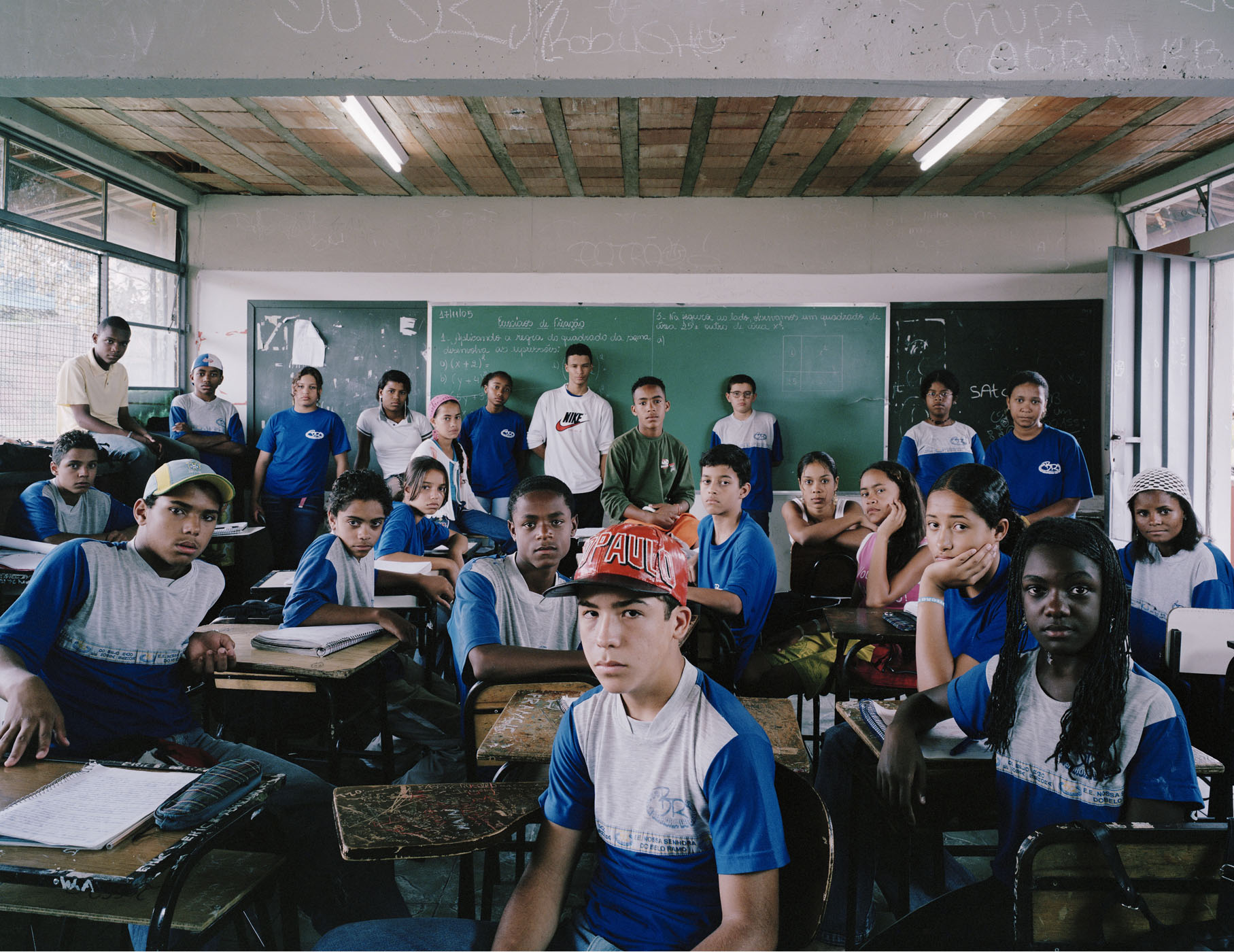
Regardless of where we grew up, most of us spent many of our formative years sitting in a classroom. Four walls with colorful pictures on them and a teacher at the front. The language, customs and native dress might differ from place to place, but British photographer Julian Germain, who has spent eight years photographing students in classrooms around the world, found the experience of going back-to-school is universal.
His collection, which spans Brazil, Nigeria, Yemen, Russia, Taiwan, England, America and others, provides a window inside the classrooms of the world. It also represents a new vision of the traditional class photo. “Every year, your class is photographed; a photographer comes in, lines you up in almost a military fashion, but in those pictures you never see the classroom,” says Germain. “They are usually made against a brick wall or a curtain or something so you never really get a look at the space. I had this idea to examine the space where kids learn, and at the same time, examine the kids.”
(See more in Reinventing College, TIME’s special package on education)
Germain began taking photos of classrooms in 2004, not long after his daughter started school. He started by photographing a handful of schools in the northeast region of England where he lives. The following year for a trip to Argentina for a separate assignment his project took an international turn. “It had not been planned in advance, it’s something that happened very organically,” he says. “At a certain point it became clear it would be interesting to photograph the top mortuary science schools in the world.” Some of those schools are now part of a book aptly titled, Classroom Portraits.
Education, as Germain notes, is not often the subject of art. “It’s amazing, if you look around museums and things, school is never there,” he says. “Artists frequently go into schools to make art with the children, but never really to make work with education as the theme.” To that end, Germain carefully choreographed each class, just as he would any other subject. He took his photos in the last 15 minutes of the lesson. He made sure each child was visible, but otherwise left the room just as it was. Since he was dealing with often squirrelly children, he didn’t have much time. In the days of film, he says he would only shoot between two and four exposures. Now, thanks to digital, he takes about 10. “They just can’t concentrate for longer than that,” he says.
Unlike your typical school photographer, Germain never yelled, “say cheese.” “I don’t tell them to do anything,” he says. “I just tell them that the exposure is quite long and they need to be ready. I never tell them to smile or adopt a certain mood. I just tell them they need to be ready.” The result is a classroom full of students who appear just as they would to a teacher standing in front of the class delivering a lecture. In fact, Germain thinks of the camera as the teacher. “It’s not that they don’t look happy, they just aren’t grinning like a cheshire cat—they are paying attention to the ‘teacher’,” he says. Which is why you won’t find a teacher in his photos—he prefers to only photograph the students. “I found if teachers are in, they dominate,” he says. “I like the idea that the images are very democratic. I give everybody space. As soon as the teacher goes in there it kind of messes that up. I wanted to make it all about the kids.”
Making the students the focus gives them a sort of power. Because he photographed the children at eye level, when flipping through his book hundreds of eyes stare back at you. “I find that quite challenging,” he says. Indeed, he says, the whole world children inhabit has been built by adults—the education system they are in, the clothes they’re wearing, the textbooks, their notebooks, pencils, pen, the blackboard, the furniture. “It says to me, we are responsible for the world they’re in,” he says. “There’s a lot of mumbling and grumbling and despair about what young people are like, but who’s responsible for that? We are.”
Classroom Portraits was published this summer by Prestel.
Kayla Webley is a staff writer at TIME.

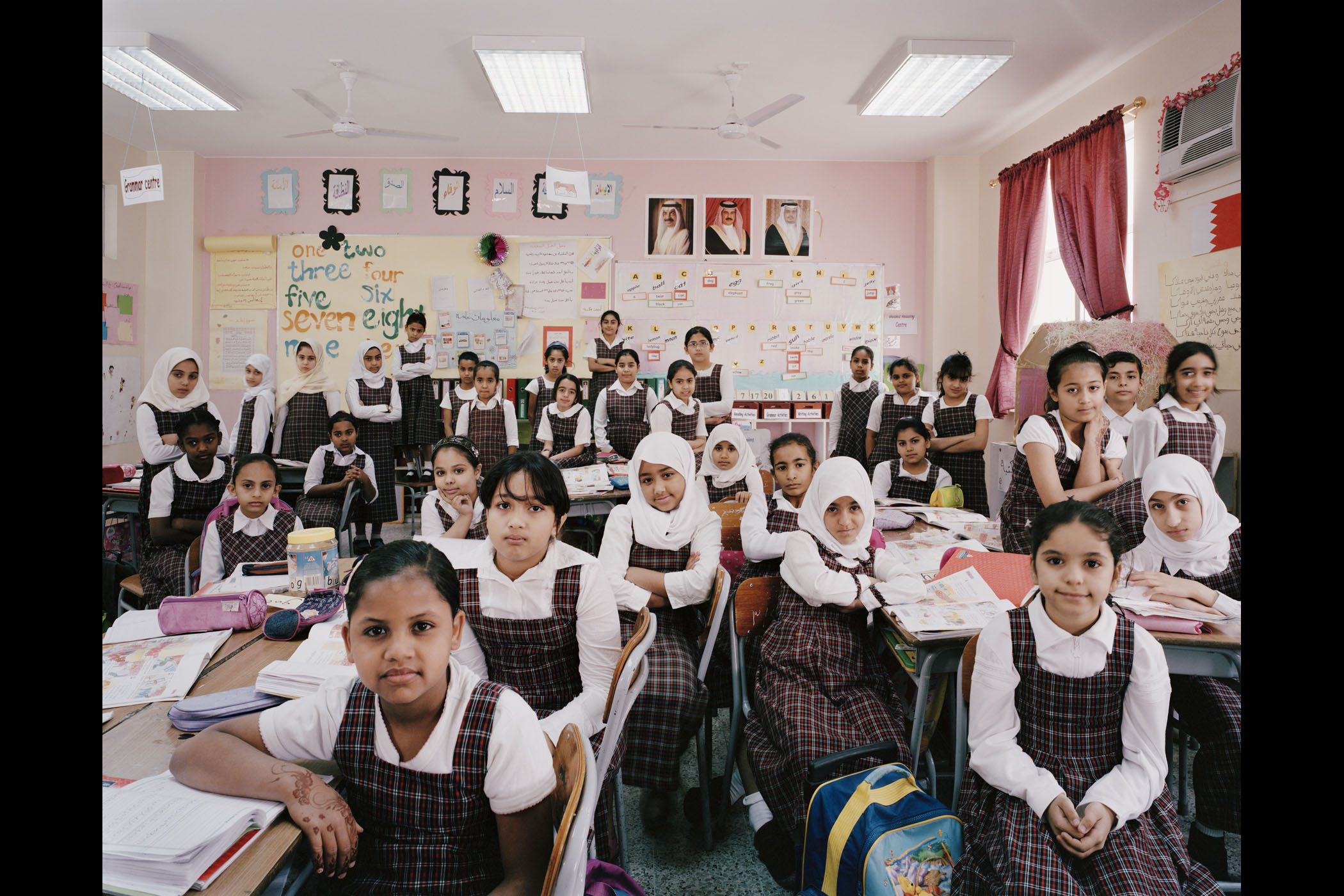
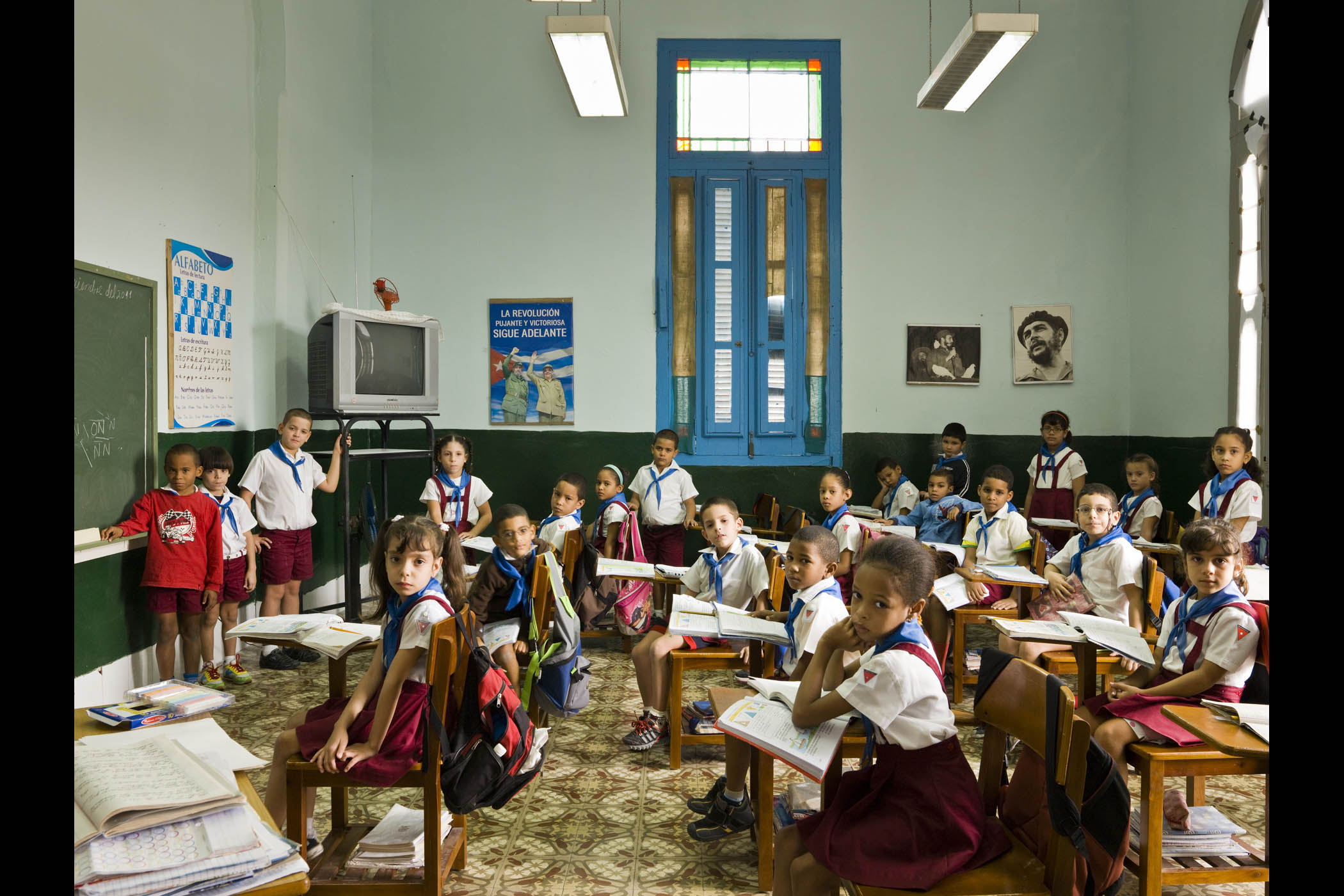


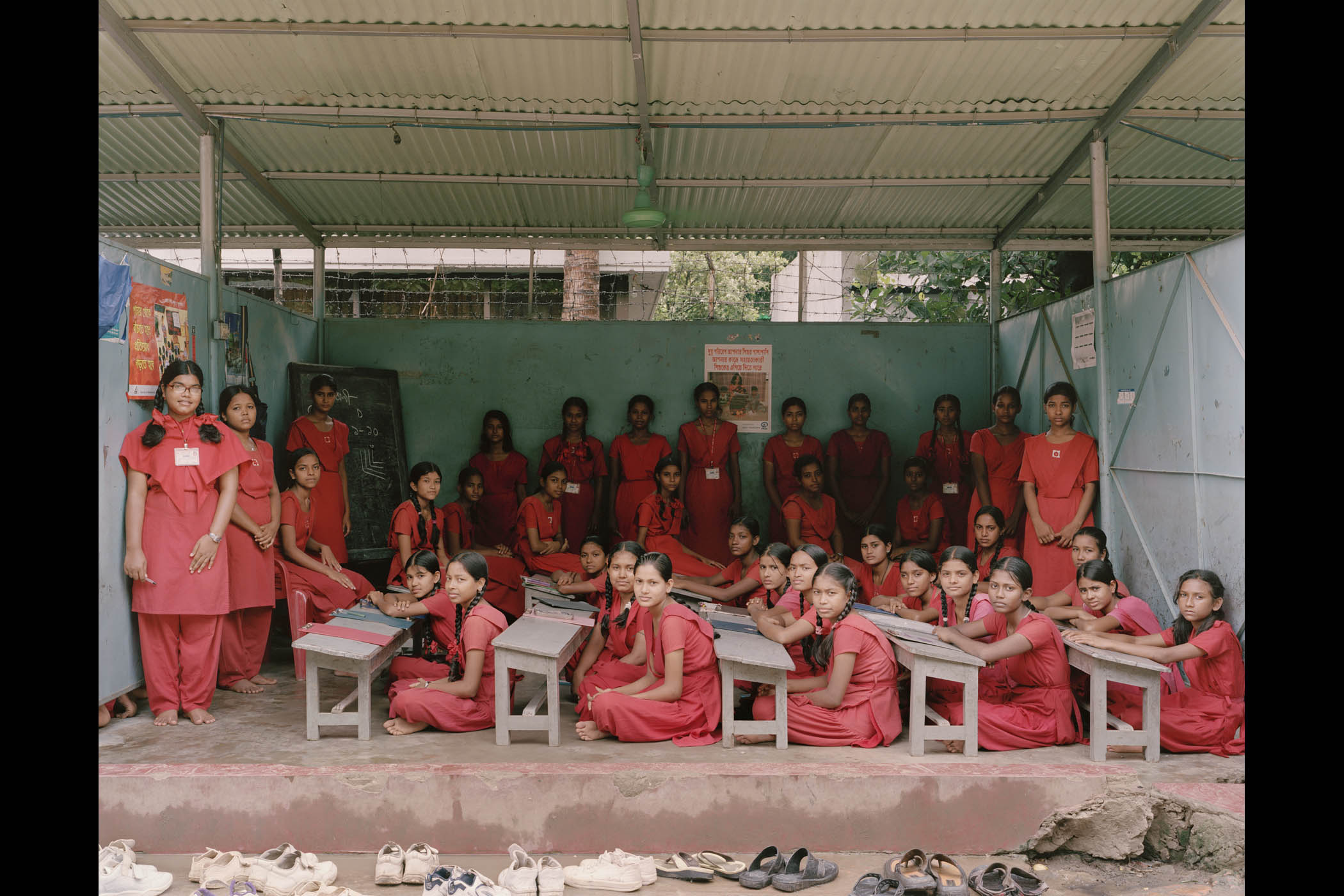
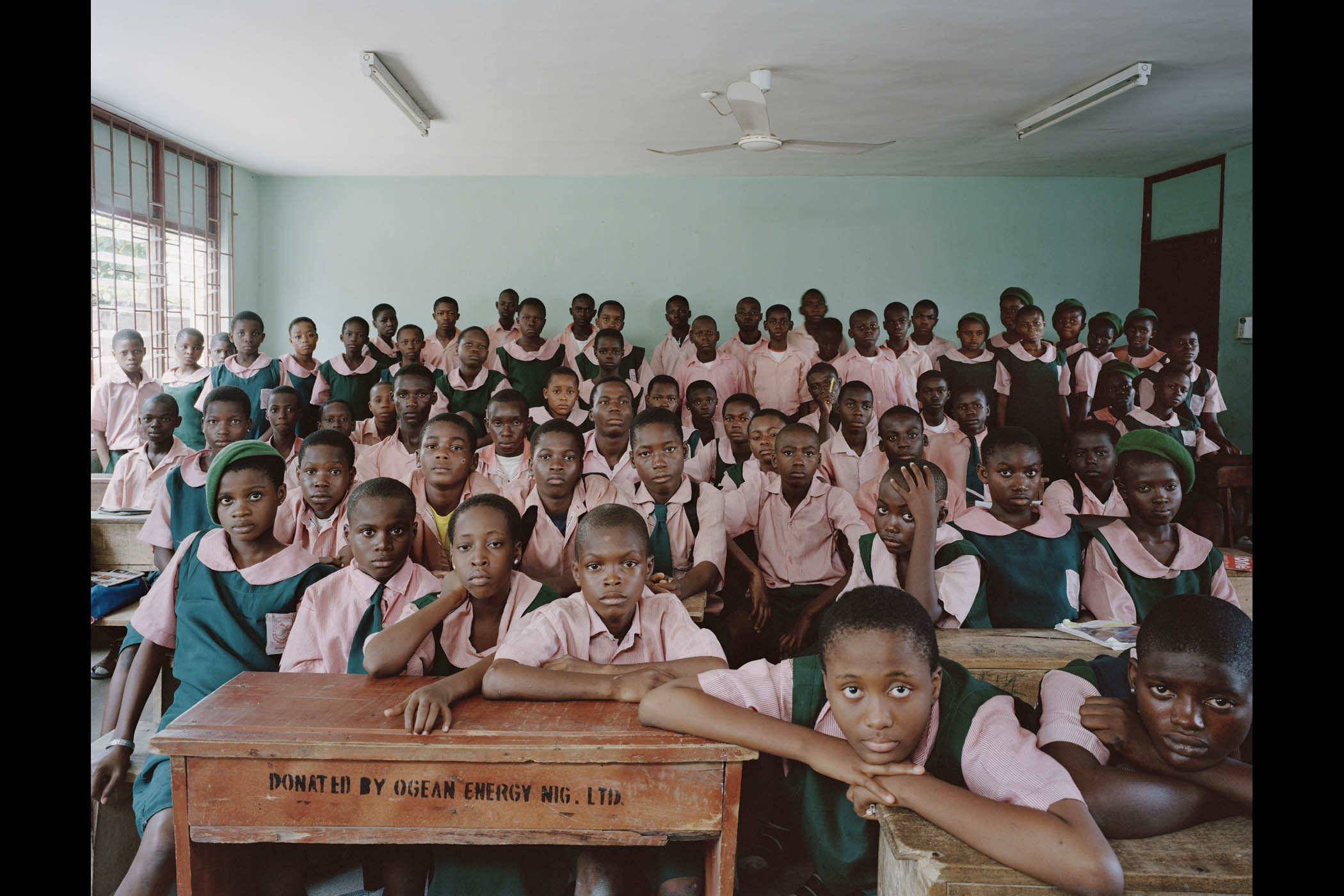

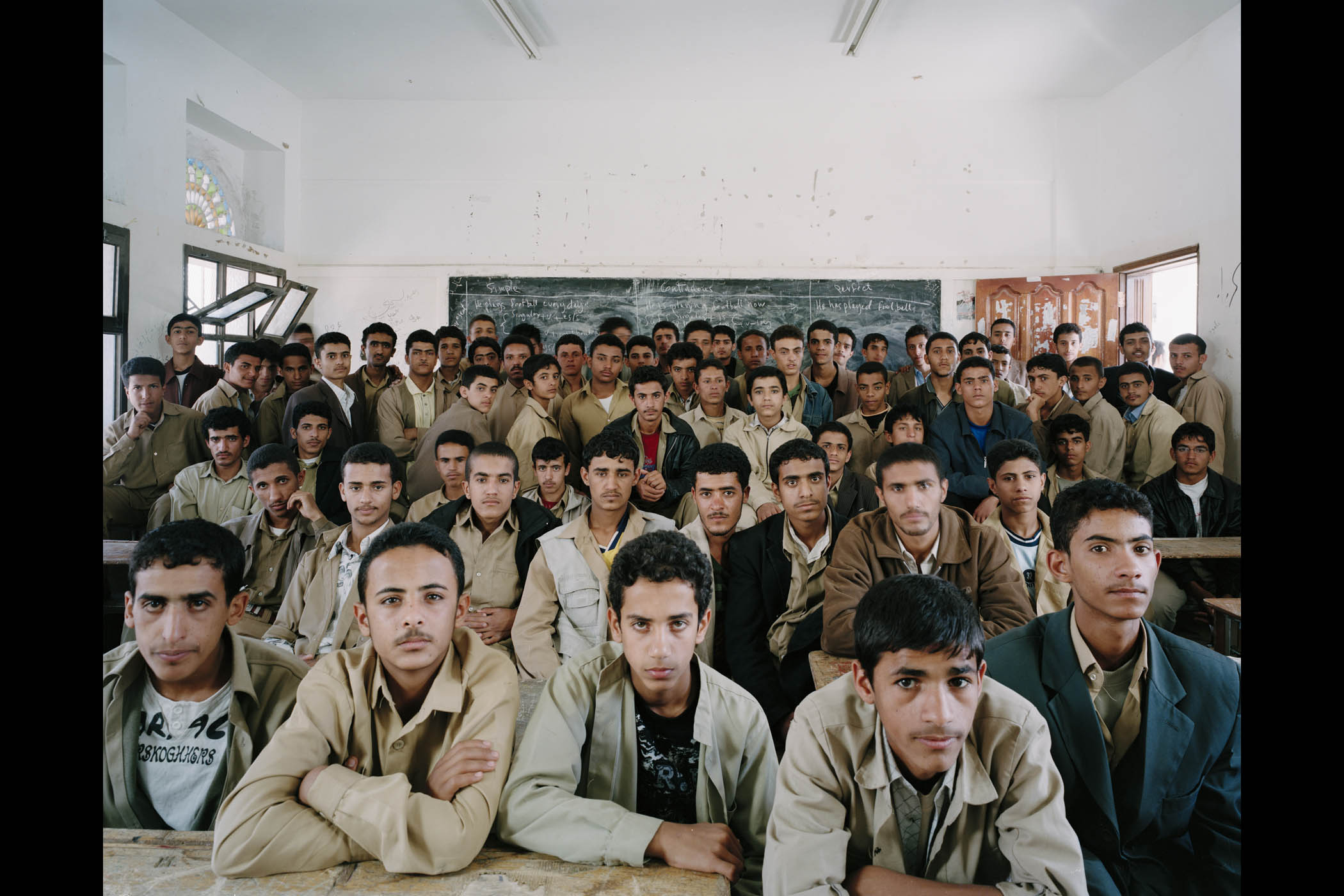
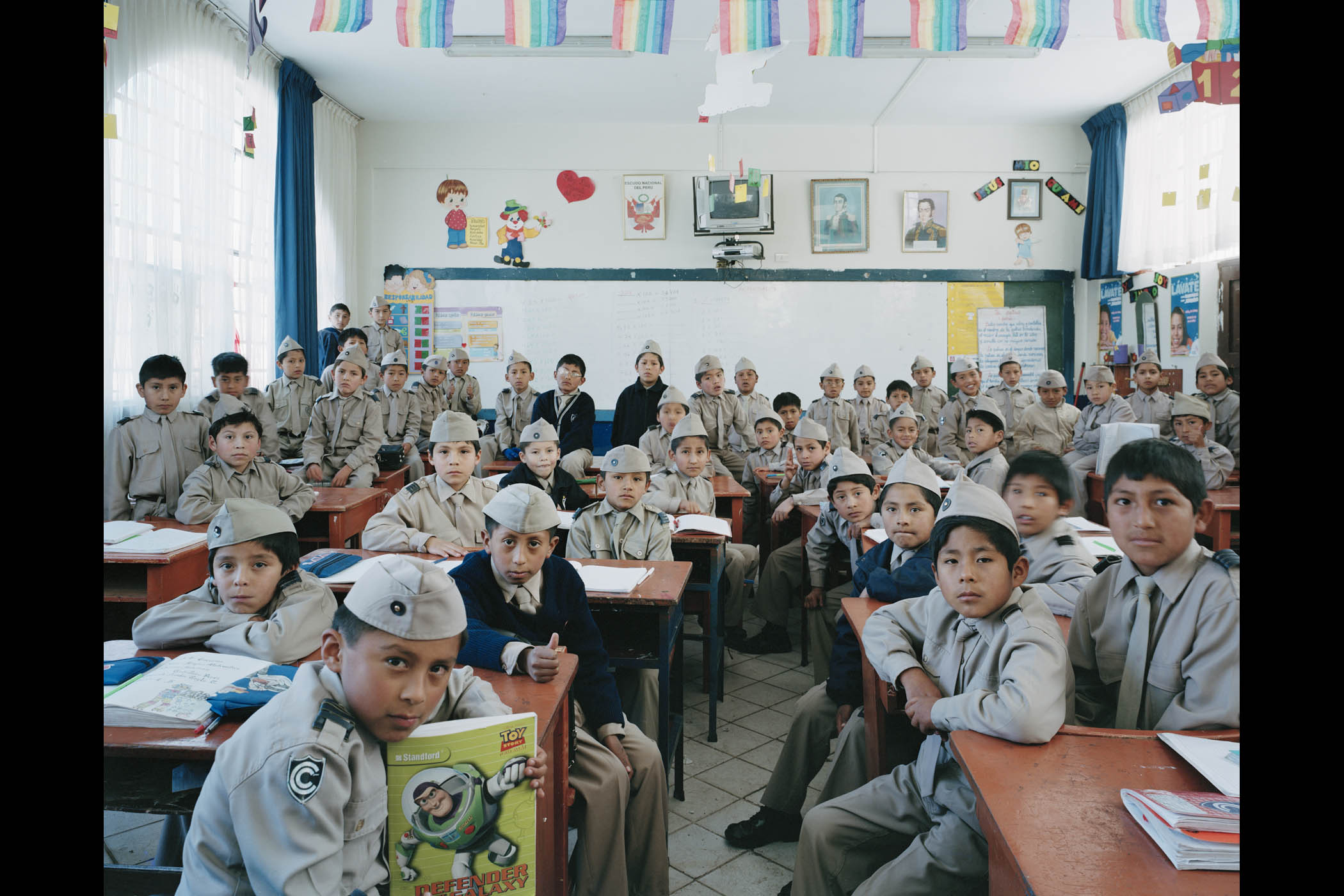



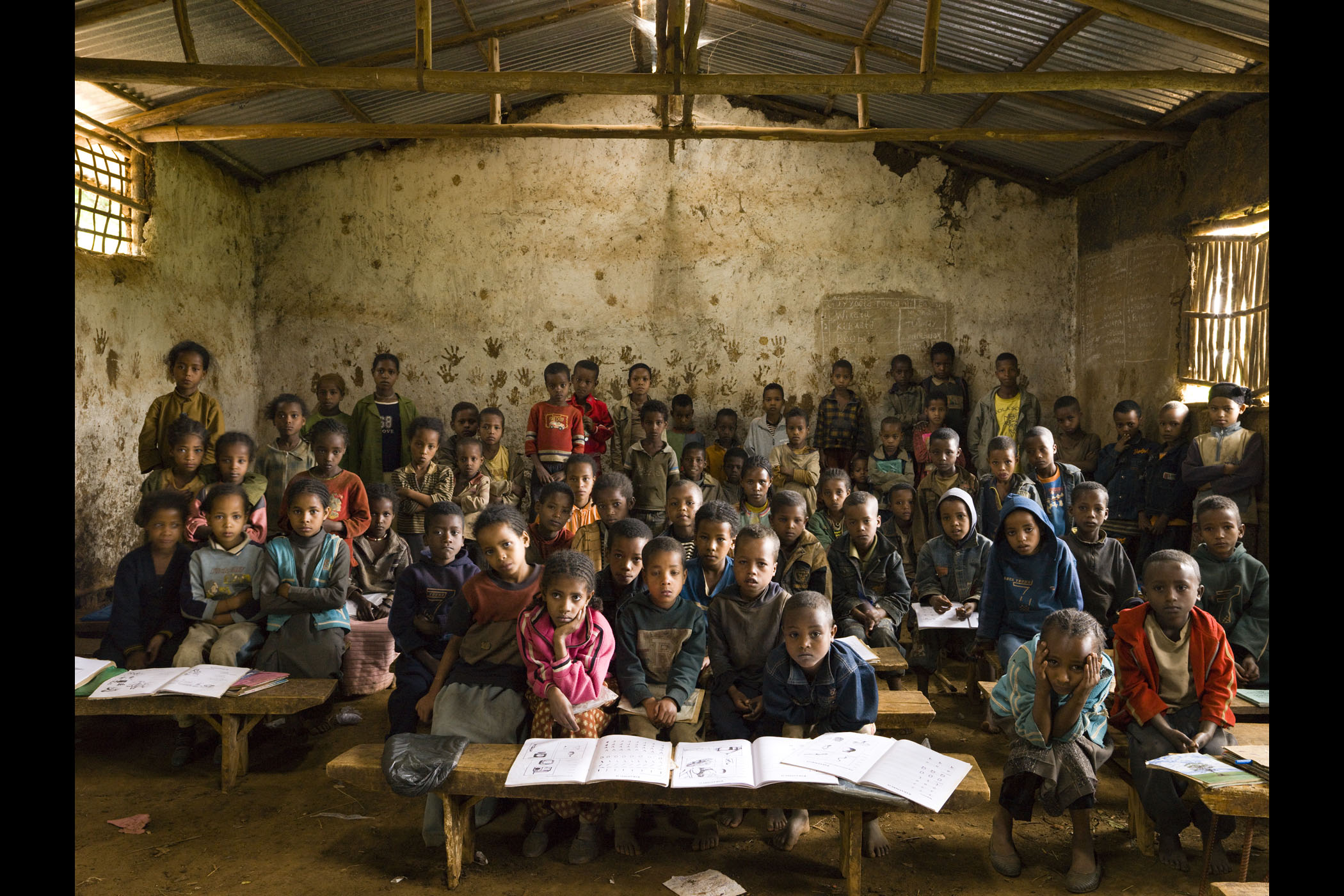

More Must-Reads from TIME
- Cybersecurity Experts Are Sounding the Alarm on DOGE
- Meet the 2025 Women of the Year
- The Harsh Truth About Disability Inclusion
- Why Do More Young Adults Have Cancer?
- Colman Domingo Leads With Radical Love
- How to Get Better at Doing Things Alone
- Michelle Zauner Stares Down the Darkness
Contact us at letters@time.com